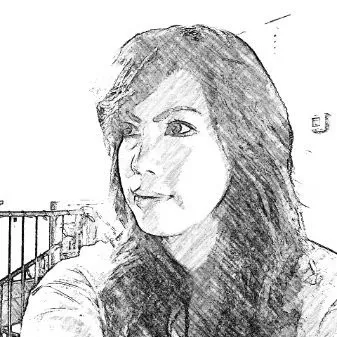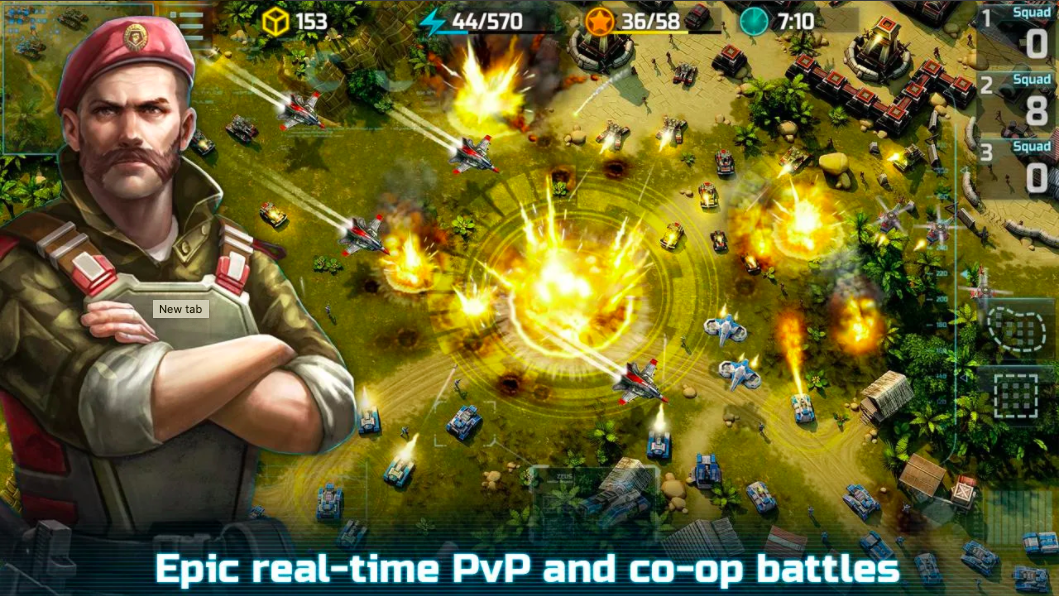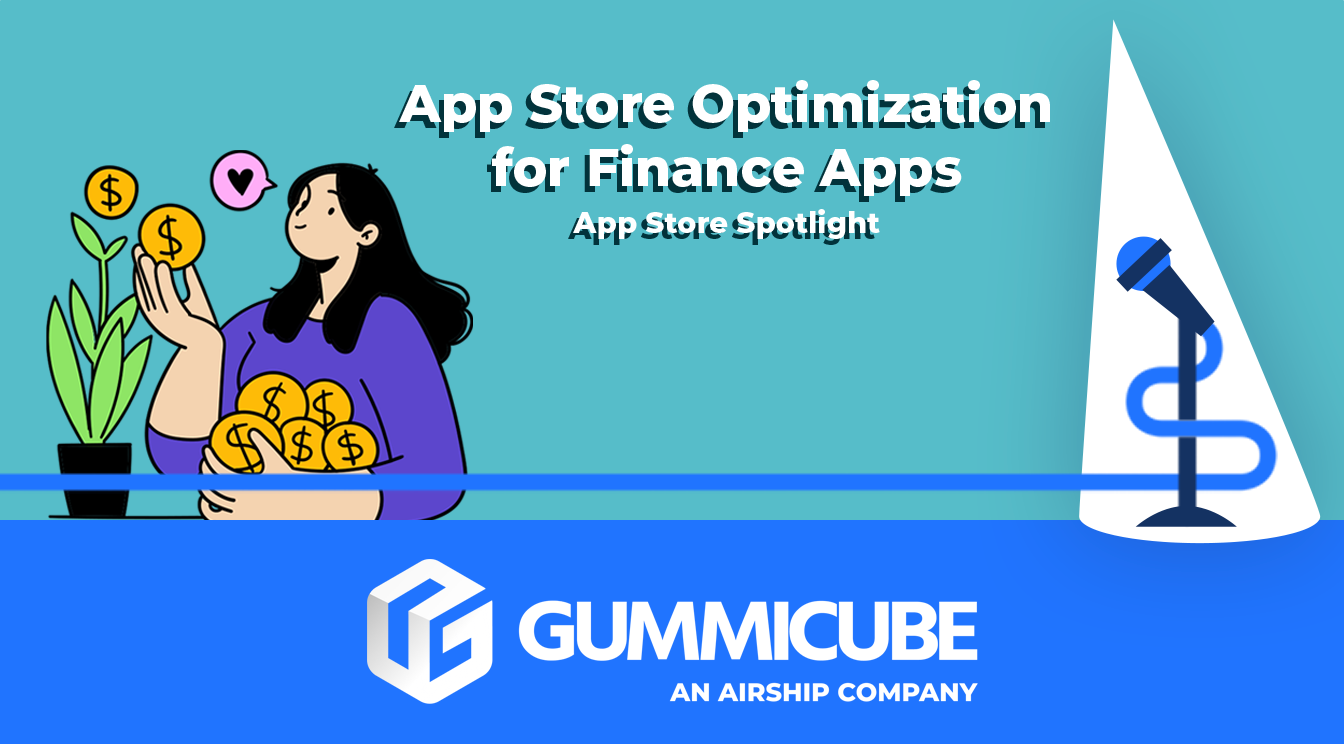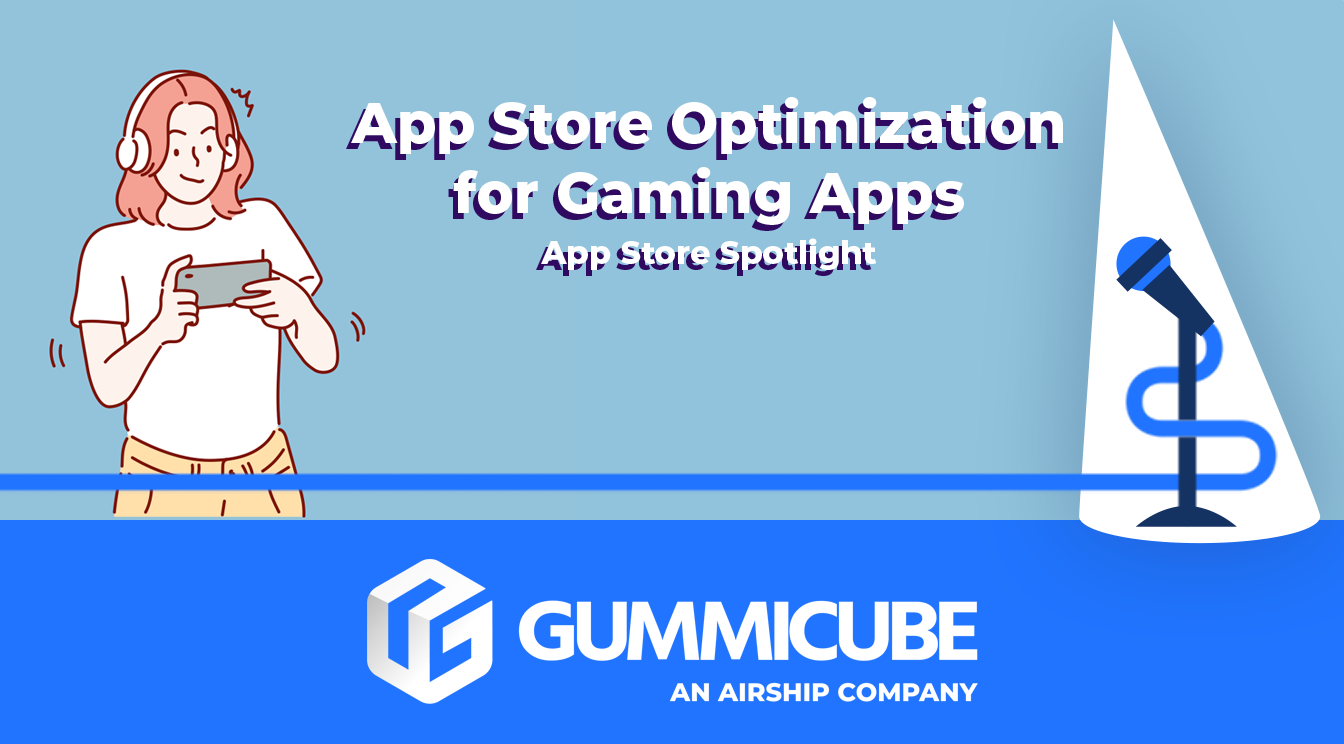Teamfight Tactics App Store Screenshot Spotlight
April 7th, 2020


by Anh Nguyen
COO & Co-Founder at Gummicube, Inc
An App Store Screenshot will perform well if it can catch user attention at a glance, inform users about the app and connect to their search queries. Most screenshots do this with detailed imagery or informative callout text. Teamfight Tactics, a mobile game featured on the App Store as a Game of the Day, uses a combination of gameplay screenshots and animal characters to reach users. For today’s App Store Spotlight, we look at Teamfight Tactics and analyze its screenshots for App Store Optimization.
App Store Screenshots
On the iOS App Store, Teamfight Tactics uses similar designs across its screenshots. Each one has a still from the game with a large frame, including callout text on the bottom and a character to the side. The characters are typically animals, such as a sword-wielding baby penguin or a mole in a mining outfit.

These screenshots use the characters to catch a user’s attention, before pointing them towards the in-game imagery. The game footage is primarily scenes from battles that make it difficult to identify individual characters or menu items. The callout text and characters used for framing do more to visually differentiate each screenshot than the in-app imagery.
Not all of the screenshots are directly related to the callout text. For instance, the screenshot saying “Climb the ranked ladder” shows a match in progress, just like the ones before it do. This does not clearly relate to the ranked ladder the text is highlighting. Others, however, such as “Collect little legends” are more directly related to the features shown on screen.
The order of screenshots matters as well. Teamfight Tactics starts with screenshots calling out its most popular features, such as “League champs battle it out” and the ranked leaderboards. The last screenshot is the one that describes the features added in the latest update and includes the mascot character from the icon.
Each screenshot is in landscape mode. The app listing includes a landscape mode video, which will appear with the app title, subtitle and icon in search results. If Teamfight Tactics appears as the top spot in search results and as a search ad, the search ad will display the video while the organic listing will display the first screenshot.
Google Play Screenshots
Teamfight Tactics on Google Play uses similar screenshots to the iOS version. Each screenshot features the same combination of callout text and characters and are displayed in the same order, although the in-app imagery is different.
For instance, the screenshot saying “League champs battle it out” shows a character in the middle of using an explosive move. This adds a more action-filled look to the screenshot. Similarly, the “Collect little legends” screenshot focuses on the penguin character, rather than displaying an assortment of characters.

Testing screenshot variants can help determine which ones users respond best to. If showing one character or multiple collectable characters works better, A/B testing will help identify which one and help the developers design new variations based on the top performing designs.
Competing Apps
Analyzing the App Store Screenshots of competing apps can help identify recurring themes or designs that are used within the category. This can provide guidance for future iterations and testing
On the App Store, Badland Brawl is a competing app within Teamfight Tactics’ category, featuring a similar gameplay style and visual design. Its App Store Screenshots put character artwork and callout text to either corner of the screen, keeping the app imagery centered. While Teamfight Tactics uses large borders to draw focus to the text and characters, Badland Brawl minimizes them. The screenshot order focuses on the PvP aspect, while calling out the new features in its third screenshot.

On Google Play, competing PvP strategy game Art of War 3 also features character art and callout text with each image. The screenshots here feature the in-app imagery more prominently, using minimal borders to make the focus more on the graphics than the characters. It also uses all eight screenshots allowed by the store, compared to the six used by Teamfight Tactics.

Overall
Using App Store Screenshots to highlight characters and call out features is a good tactic for App Store Optimization as they engage with users while providing an idea of what to expect. The screenshots must still provide a clear look at the app imagery without becoming cluttered by borders, text and similar effects. Additionally, it is important to test screenshot variants to see which users like more to improve your conversion rate. These are App Store Optimization best practices that developers of apps like Teamfight Tactics should be sure to follow.
Want more information regarding App Store Optimization? Contact Gummicube and we’ll help get your strategy started.
Similar Articles

Posted on April 5th, 2024
How can developers of journal apps optimize to stay relevant, differentiate themselves, and compete in the App Store? This App Store Spotlight jumps into some of the strategies employed by the top journal apps. Jump in to learn more.

Posted on March 15th, 2024
In this App Store Spotlight, we dive into the intricacies of optimizing finance apps and analyze the unique considerations of one of the most popular categories in the app stores.

Posted on February 23rd, 2024
Gaming is the largest category in the app stores by far. One out of every six games on the app stores is a mobile game, so how can you stand out from the competition? Find out in this App Store Spotlight.









